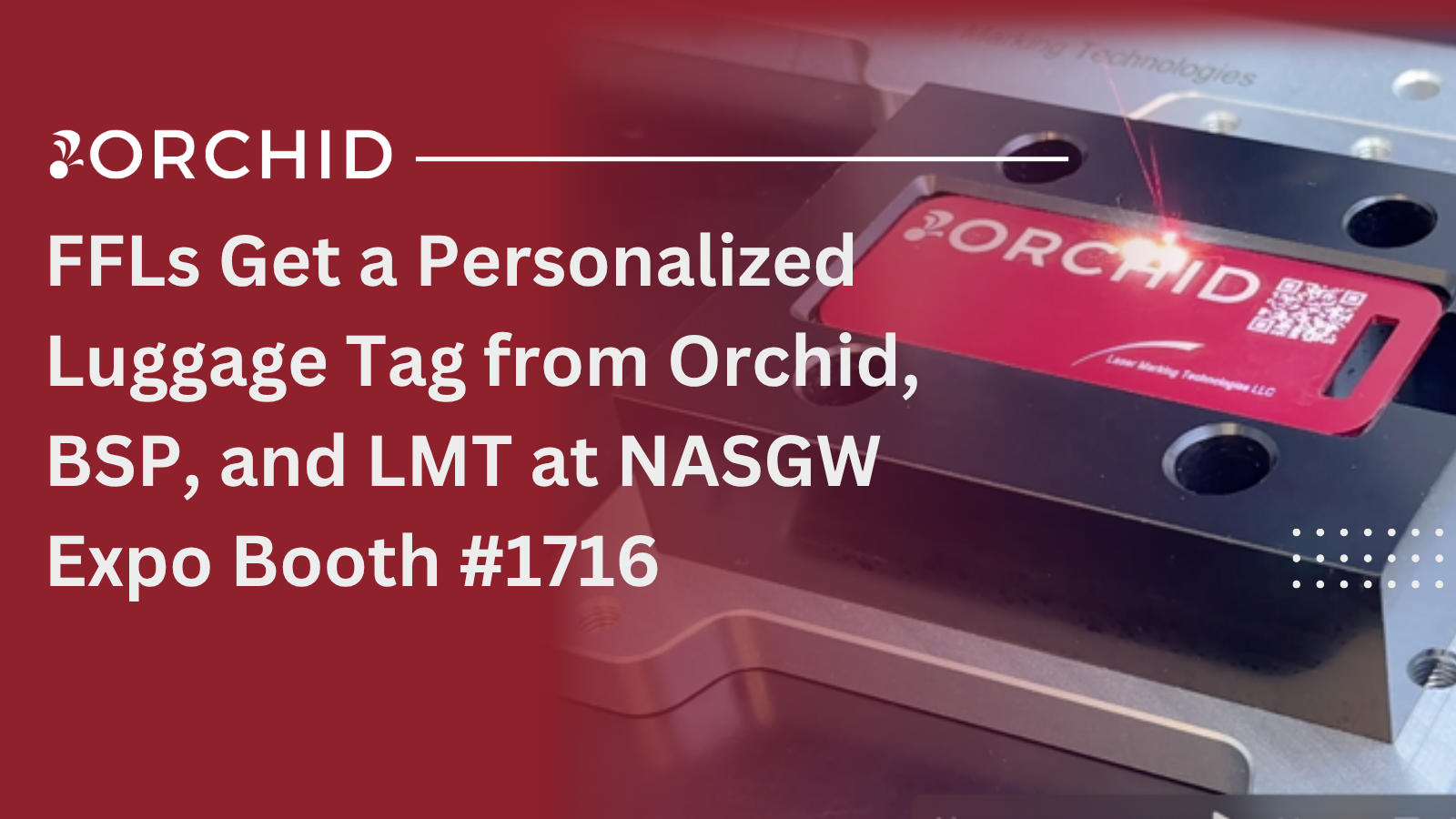As a Federal Firearms Licensee (FFL), understanding the intricate details of ATF regulations and import licenses is crucial for the successful importation of firearms, ammunition, and related items. This article aims to provide FFLs with a general understanding of ATF Import License Form 6 and 6A, shedding light on the permitted imports, the application process, common violations, and best practices.
Types of Importers
Before delving into the specifics of Form 6 and 6A, it’s essential to identify the types of importers recognized by the ATF:
Type 8 Importers:
- Importers of firearms, ammunition, and other than destructive devices and armor-piercing.
- Allowed to import firearms and ammunition – that are themselves importable – other than destructive devices and ammunition.
Type 11 Importers:
- Importers of destructive devices, ammunition for destructive devices, and armor-piercing ammunition.
Permitted Imports
As a Type 8 importer, you are permitted to import firearms and ammunition for commercial purposes that are of a sporting nature. This includes:
- Sporting Firearms:
- Sporting Shotguns: Shotguns designed for use in competitive or recreational shooting sports, hunting, or other lawful sporting activities.
- Sporting Rifles: Rifles intended for use in competitive shooting events, hunting, or other legitimate sporting purposes.
- Handguns Meeting Sporting Criteria: Handguns that meet specific sporting criteria, as determined by ATF Form 4592.
- Ammunition for Surplus Military Rifles: Ammunition for surplus military rifles is typically allowed for importation if it meets specific sporting criteria.
- Curio and Relics: Certain firearms that have historical or collector value may be eligible for importation under the “Curio and Relic” (C&R) category. The ATF maintains a list of firearms classified as C&R firearms.
- Parts and Components for importable items
It’s essential to note that certain firearms are prohibited from importation into the United States unless subject to an exemption allowing their importation (e.g., government contracts). These prohibitions include but are not limited to:
- Non-sporting firearms: Firearms that do not meet the sporting criteria and are not classified as C&R firearms may be restricted from importation.
- Destructive Devices: Firearms classified as destructive devices, such as certain explosive devices, are generally prohibited from importation.
- National Firearms Act Firearms: Machine Guns, SBRs, SBSs, AOWs.
ATF Regulation 27 CFR 478.92
No firearm may be imported or brought into the United States or a possession thereof unless the importer properly marks the firearm. The marking requirements serve various purposes, including traceability, identification, and compliance with federal laws. Importers must properly mark firearms within 15 days of release from Customs custody. However, most Importers require their foreign vendor to properly mark the firearm prior to shipment to the United States.
Understanding Form 6 and 6A
Form 6: Form 6, officially known as “Application and Permit for Importation of Firearms, Ammunition, and Implements of War,” is the document required for initiating the importation process of firearms, ammunition, and certain other items into the United States.
Purpose of Form 6: The primary purpose of Form 6 is twofold:
- Import Permit Application: It serves as an application to obtain an import permit from the U.S. Customs and Border Protection (CBP).
- Import Permit: The approved Form 6 is evidence that ATF has authorized the importation of the specified firearms, ammunitions, or parts or components thereof.
Information Required in Form 6: Form 6 typically requires the following information:
- Name, address, and FFL number of the importer (Federal Firearms Licensee) and their AECA registration number
- Customs broker information
- Identification of the foreign manufacturer and shipper of the items (if different)
- Description of the firearms and ammunition to be imported, including make, model, type, caliber, and quantity
- Country of origin of the items
- Port of entry into the United States
Form 6 Submission and Processing: FFLs should submit the Forms 6 to ATF via ATF eForms system as it will greatly expedite processing time for approval. Once approved, they will be notified via email and the Form will reside in their eForms account for access.
Form 6A: Form 6A, officially known as “Release and Receipt of Imported Firearms, Ammunition, and Implements of War,” is used to provide information about the specific firearms and ammunition being imported under an already approved import permit. It is to be submitted to ATF within 15 days following release from Customs custody.
Information Required in Form 6A: Form 6A typically includes the following details for each imported item:
- General description of Goods
- Serial numbers of the firearms
- Caliber or gauge
- Barrel length
- Overall dimensions
- Quantities of goods imported
Importers must maintain accurate records of all imported firearms and ammunition, including each Form 6 and Form 6A, as part of their compliance with ATF regulations.
Inspection Tips and Common Violations
To ensure compliance and avoid potential violations, FFLs should pay close attention to the following inspection tips and common violations:
- Descriptions Don’t Match:
- Ensure that the information on shipping documents matches the details specified on the import permit.
- Verify that the serial numbers on the firearms themselves match the information on both the shipping documents and the Form 6A.
- Improperly Recording Date of Acquisition:
- Record the correct date that the shipment clears customs, not the date of arrival at the FFL’s premises.
- Adhere to the 15-day requirement for entering serial numbers into the bound book.
- Incomplete Form 6A:
- Ensure the receiving party signs and dates the Form 6 A upon receipt of the shipment.
- Verify that all required information is completed accurately on the form.
- Quantity Discrepancies:
- Verify that the quantity of imported goods matches the quantity specified on the Form 6A.
Best Practices
Communicate with Foreign Manufacturers: Establish clear communication with manufacturers to ensure accurate shipping methods and packaging.
Validate Serial Numbers: Validate serial numbers against manifests to prevent duplication errors, serial numbers out of range, or unserialized firearms.
Address Delays Promptly: Address any routine delays in Customs release to ensure timely recording in your records.
End-Customer Shipping: Items can be drop-shipped directly to the customer if desired.
Conclusion
Understanding ATF Import License Form 6 and 6A is vital for FFLs engaged in the importation of firearms, ammunition, and related items. By following the guidelines outlined in this blog post, FFLs can avoid common violations, ensure compliance with ATF regulations, and facilitate a smooth importation process. Remember to stay vigilant, maintain accurate records, and seek clarification from appropriate agencies when uncertain about an item’s classification before importation.








0 Comments